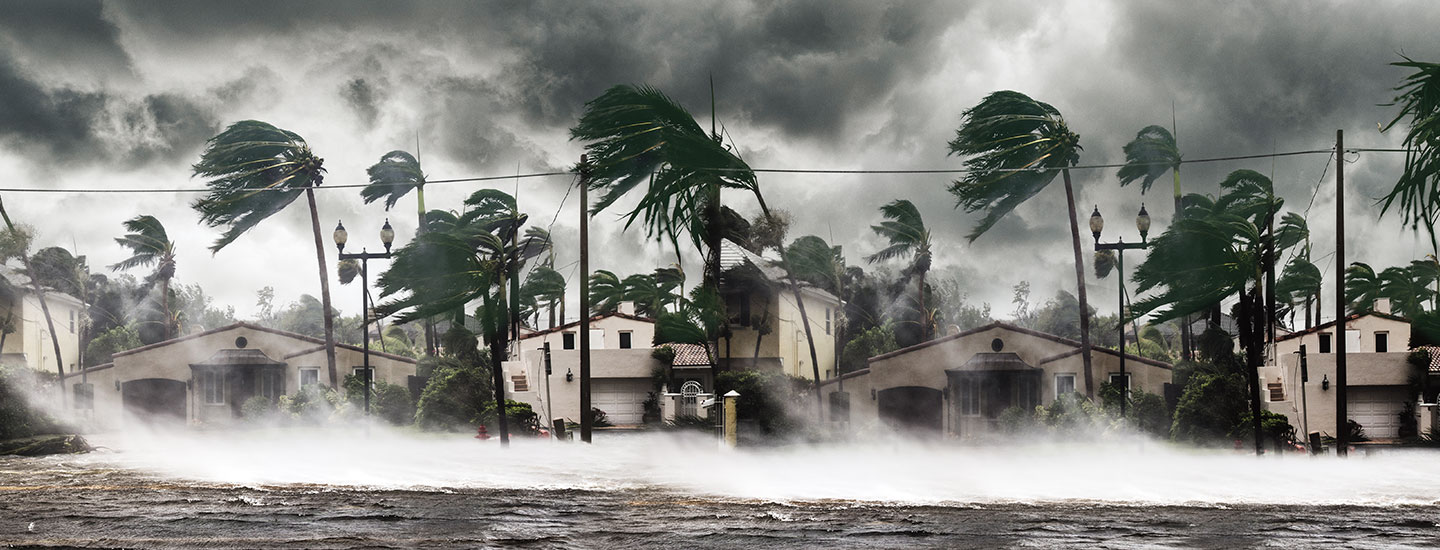The 2020 Atlantic hurricane season was intense. Last year, the Atlantic Ocean spawned more named storms than any year on record. There were so many storms that meteorologists used all 21 names on their alphabetical list. As more storms formed, they switched to letters of the Greek alphabet, naming storms Alpha and Beta—all the way up to Iota.
This year, they’re prepared with a backup list, for a total of 42 names. Phil Klotzbach, a scientist who forecasts hurricanes, says it is unlikely we will ever exceed 42 named storms. “We don’t expect to see overall more hurricanes,” he says, “just potentially stronger ones.”
Every year, meteorologists come up with 21 names to identify Atlantic hurricanes. Each one starts with a different letter of the alphabet. But in 2020, the Atlantic Ocean saw more named storms than any year on record. There were so many that meteorologists ran out of names on their list. As more storms formed, they switched to letters of the Greek alphabet. They named storms Alpha, Beta, Gamma, and more.
This year, they’re prepared with a backup list. They have 42 names in total. Phil Klotzbach, a scientist who forecasts hurricanes, says they are unlikely to ever need more. “We don’t expect to see overall more hurricanes,” even with climate change, he says. “Just potentially stronger ones.”

